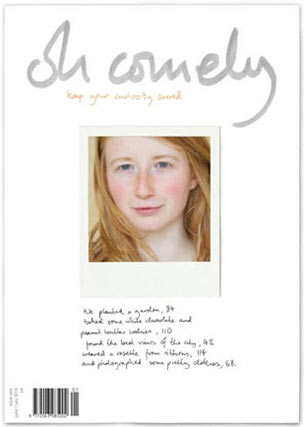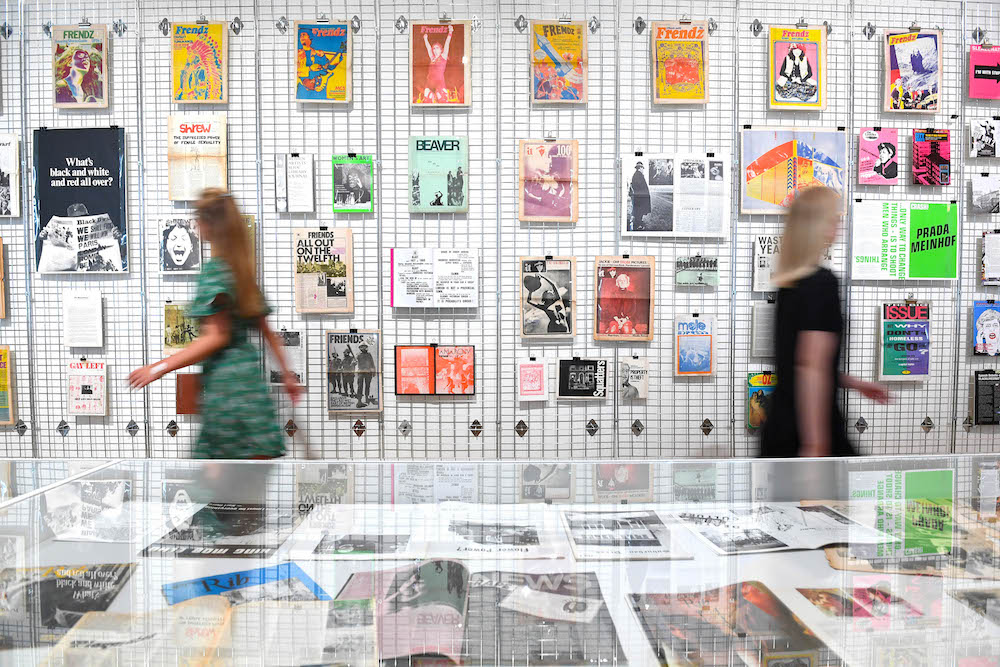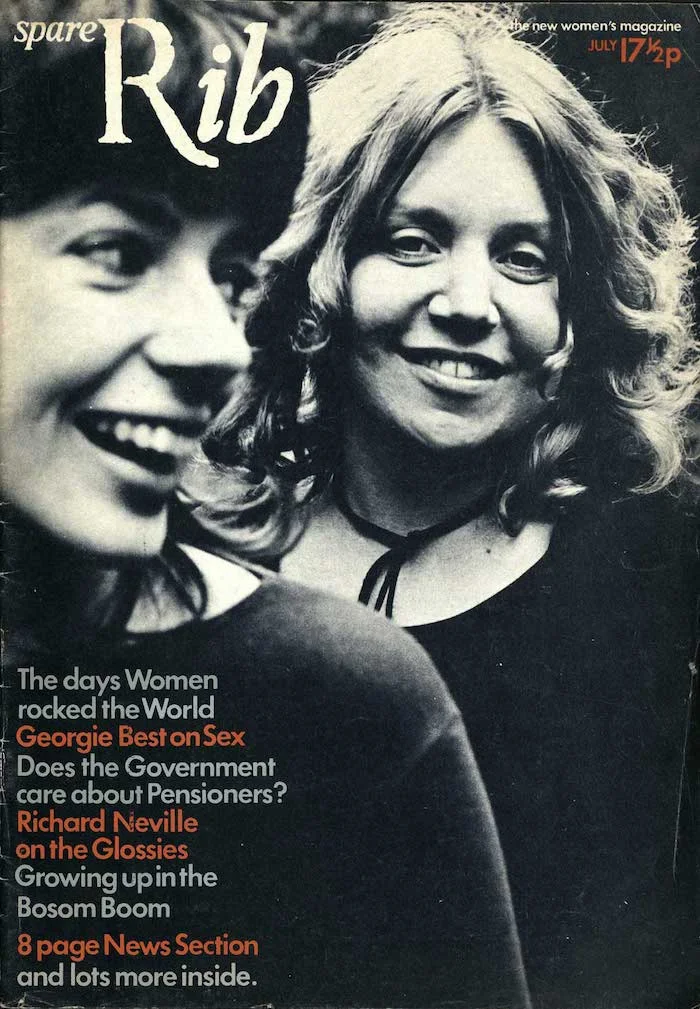
WIN a one-off print created by artist Jago Silver.
We’re working with artist Jago Silver to create a collection of cover illustrations for the next six issues. Jago, who lives in North Cornwall, creates thoughtful, inspiring and playful work. Our covers will create little images of life, reflecting the mood of the season, the wildness of nature, the easy wonder of taking a moment. You can win a one-off print of the cover which will be posted to you, ready for you to frame and hang on your wall.
Terms & conditions:
The competition closes at 11.59pm on 24 December 2019. A winner will be chosen at random from all correct entries after this time and notified shortly after. Full terms and conditions are at icebergpress.co.uk/comprules.
Cover art © by Jago 2019




